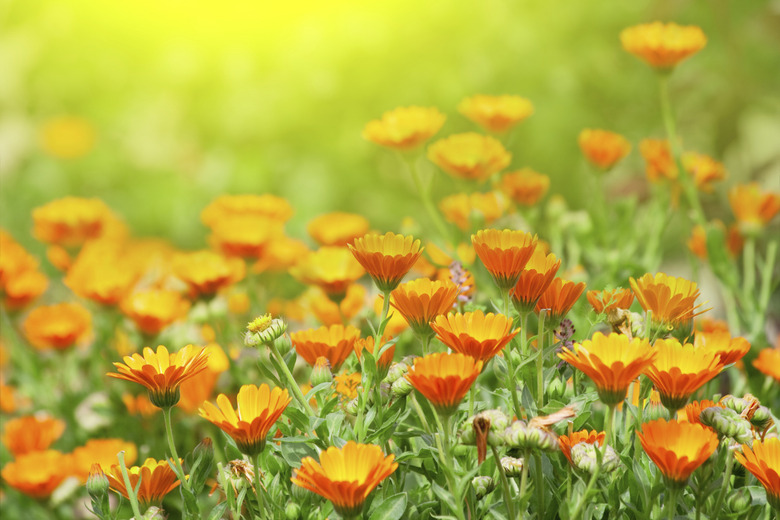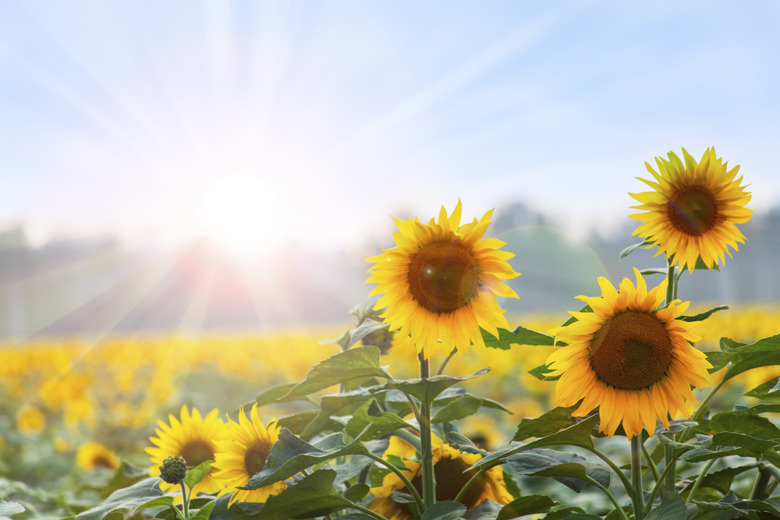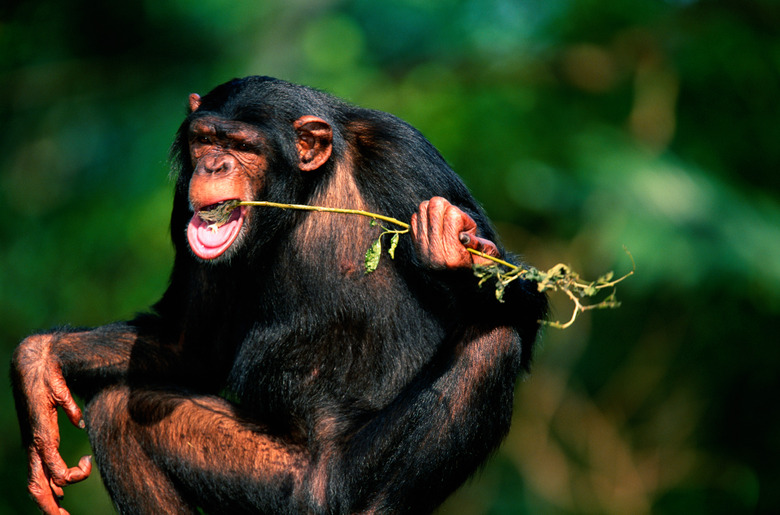The Effect Of Sunlight On Animals & Plants
All living organisms on earth directly or indirectly rely on each other for sustenance. Sunlight directly affects the survival of plants and animals, as all life on earth depends on acquiring the right amount of sunlight for energy and nourishment.
Function of the Sun in Plants
Function of the Sun in Plants
The sun is a source of light and energy for plants. They take energy from the light of the sun, carbon dioxide from the air, and water to make glucose, which is a sugar that plants store for energy. Plants are also filled with vitamin D, an important nutrient for animals, as a result of the sunlight they absorb.
Function of the Sun in Animals
Function of the Sun in Animals
The energy from the sun is transferred from plants to animals when animals eat the plants. Animals also benefit from the sun's effect on their bodies, because sunlight on skin produces vitamin D, which is important in the formation of strong bones. Animals also get vitamin D by eating plants.
Effects of Too Little or Too Much Sun on Plants
Effects of Too Little or Too Much Sun on Plants
If a plant gets too little sunlight it will not be as green, have as much glucose or energy stored in it and will not survive as long. Too much sunlight can cause a plant's water to evaporate and lead to its death.
Effects of Too Little or Too Much Sun on Animals
Effects of Too Little or Too Much Sun on Animals
Too little sun on animals can cause a deficiency in vitamin D, which leads to brittle, weak bones. Too much sun can cause skin to tan or burn.
Considerations
Considerations
Plants can do little to ensure they receive the right amount of sunlight, as they are at the mercy of their environment. Humans, however, can change their environment by recycling so that fewer resources are used, protecting the environment from pollution by carpooling and using healthier means of travel.
Cite This Article
MLA
Johnson, Yvonne. "The Effect Of Sunlight On Animals & Plants" sciencing.com, https://www.sciencing.com/the-effect-of-sunlight-on-animals-plants-13427960/. 21 July 2017.
APA
Johnson, Yvonne. (2017, July 21). The Effect Of Sunlight On Animals & Plants. sciencing.com. Retrieved from https://www.sciencing.com/the-effect-of-sunlight-on-animals-plants-13427960/
Chicago
Johnson, Yvonne. The Effect Of Sunlight On Animals & Plants last modified March 24, 2022. https://www.sciencing.com/the-effect-of-sunlight-on-animals-plants-13427960/





